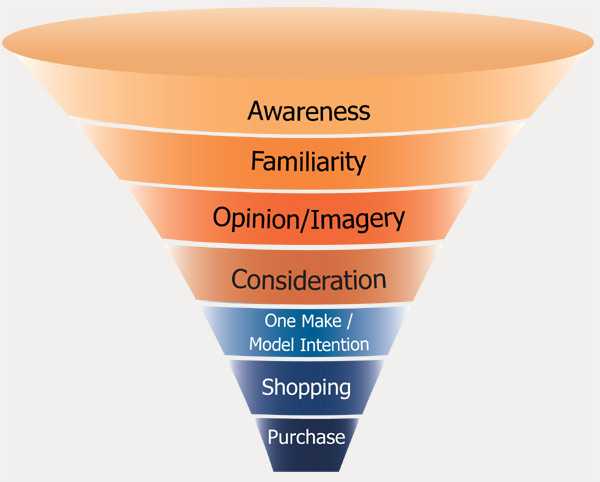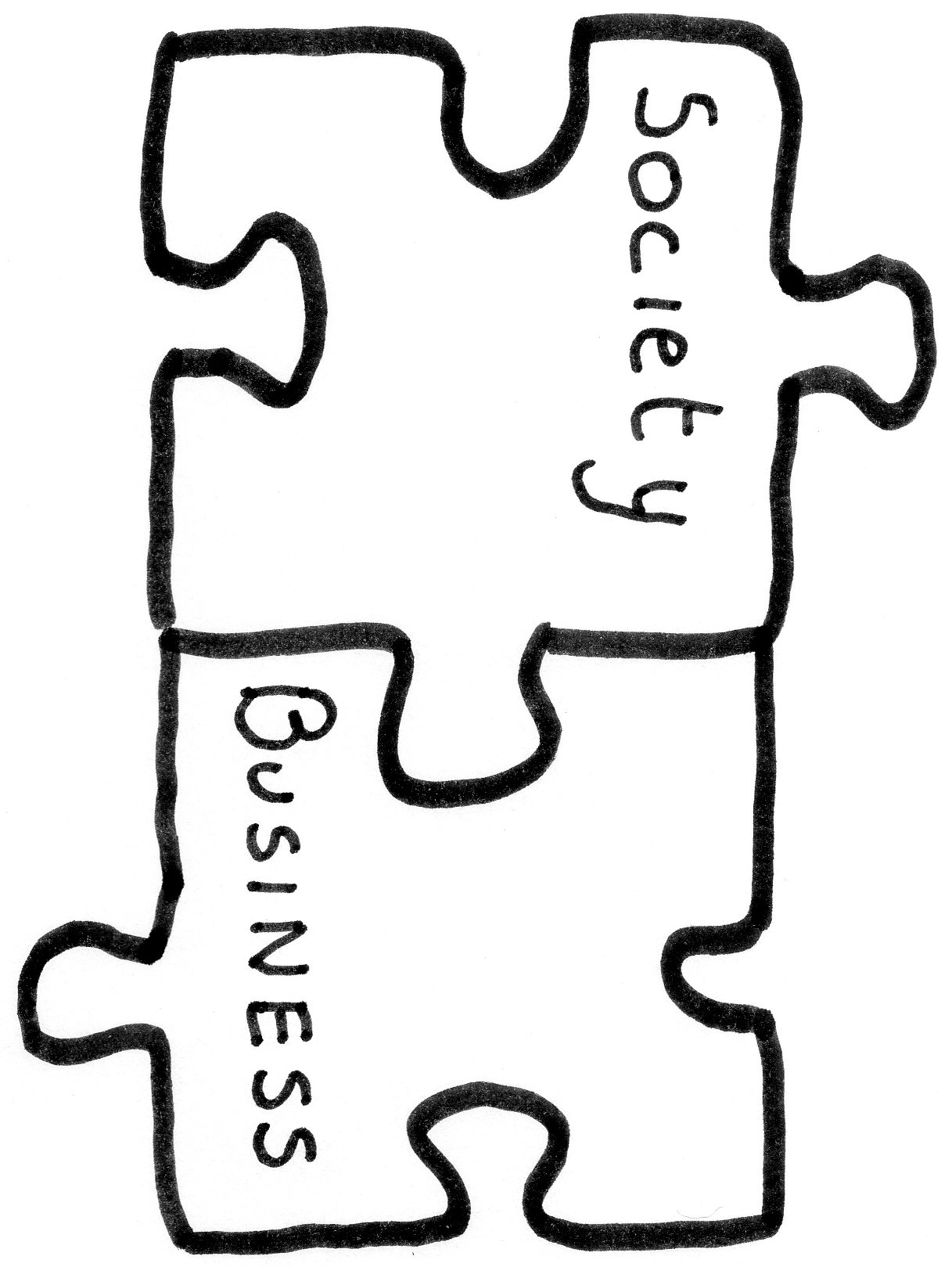This post is made in response to an external blog: “Why These 3 High Performers Left Their Jobs”.
This post brings insight on how crucial it is to provide jobs that suits employees. Employing workers to the right job is a form of motivation that is important to drive them in becoming more productive. This is seen from the example cases where Ryan and Don decided to quit his job (despite being high performers) due to the mismatch in skills and task they are assigned by management. This enabled me to think about the difference of being good at something vs. being passionate about something. I find it true that skill is an important aspect to drive businesses forward. However, it would hurt in the long run with the absence of passion as workers will feel that they are doing a monotonous task since their esteem needs aren’t satisfied.
However, this also got me questioning in whether employees generally behave like Ryan and Don. If it is the case, then providing jobs that allows for personal growth is key to keep them in the business. However, what about employees that are of Theory X type (McGregor’s Theory)? This solution might not suit well to such employees as they need directions to complete tasks and do not care much about personal growth.

http://static5.businessinsider.com/image/4aca1b490ee8651e02b05616/pay-raises-wont-solve-your-problems-with-unhappy-employees.jpg










